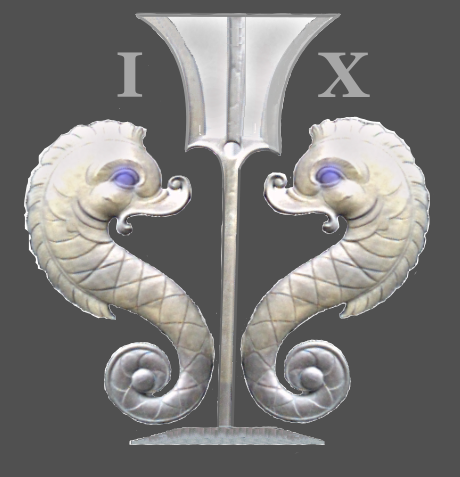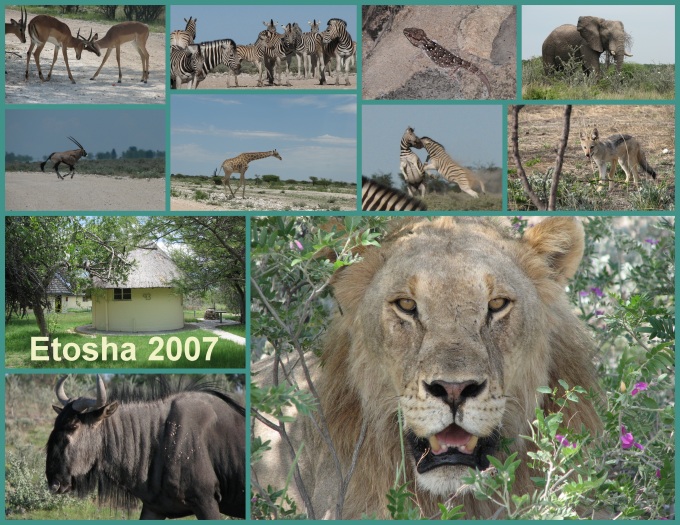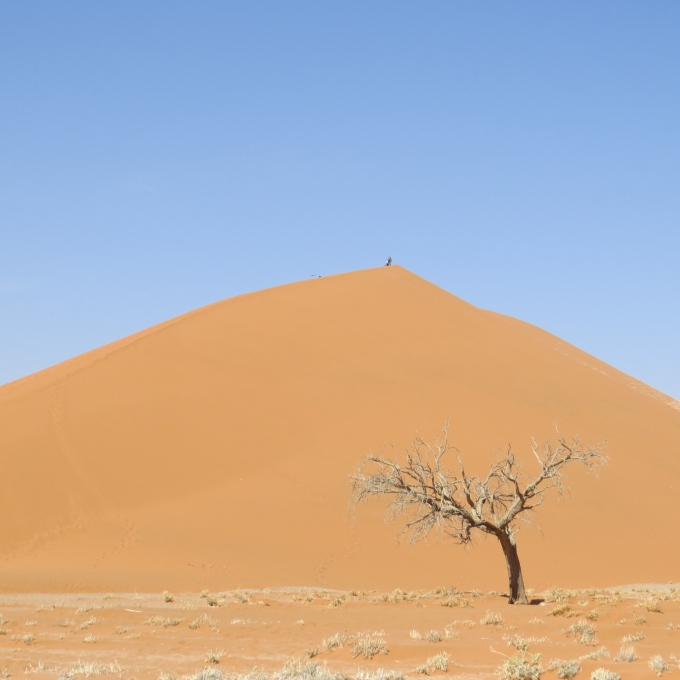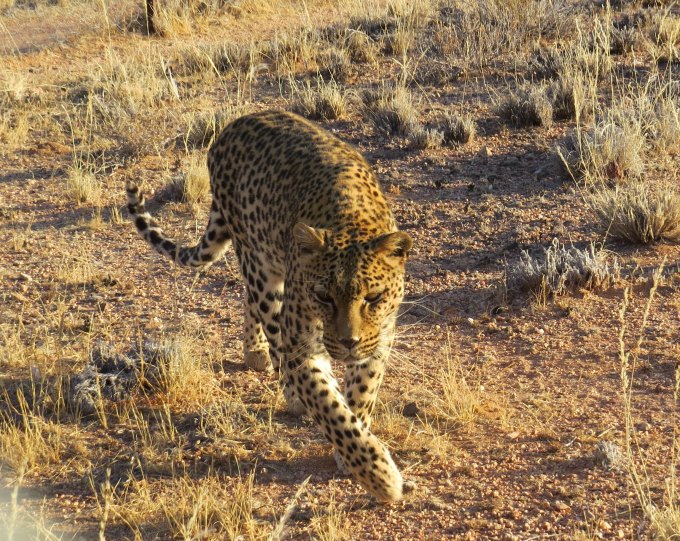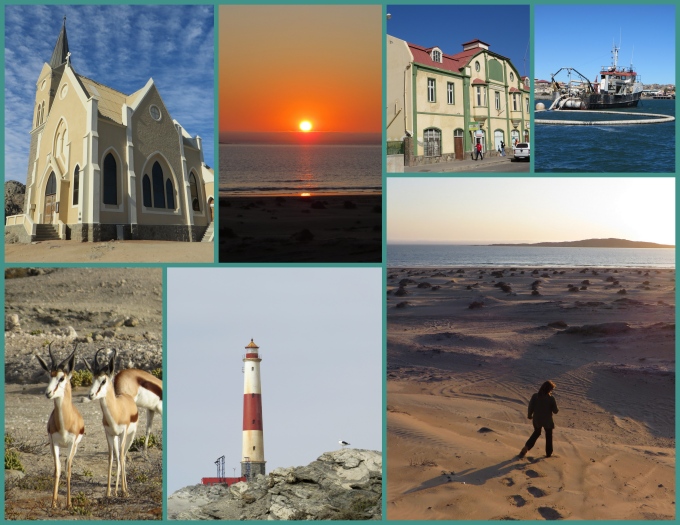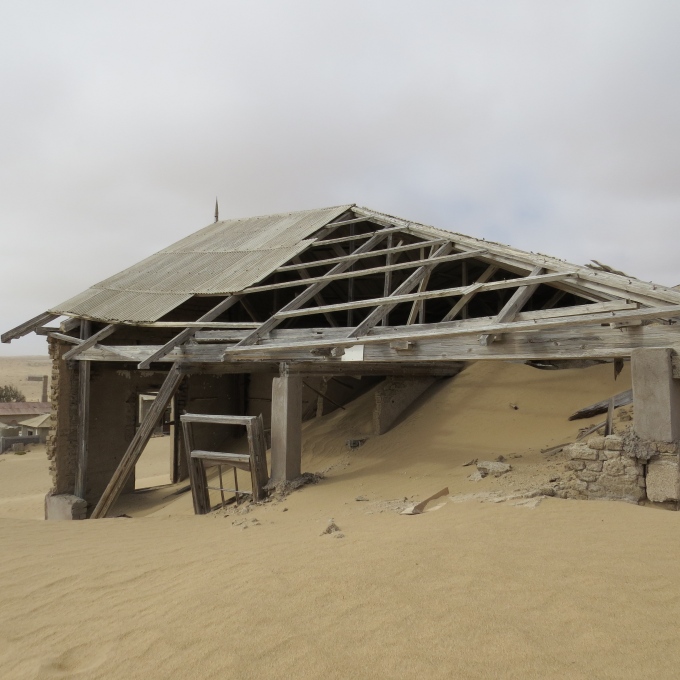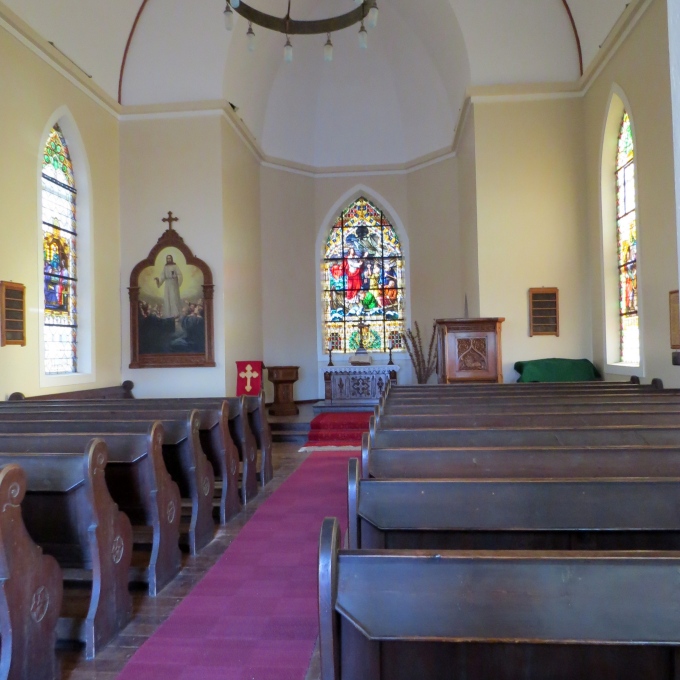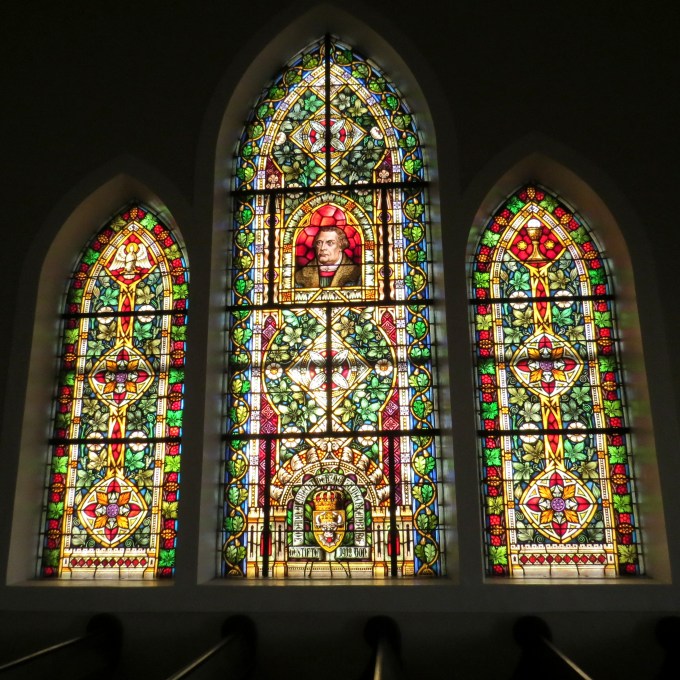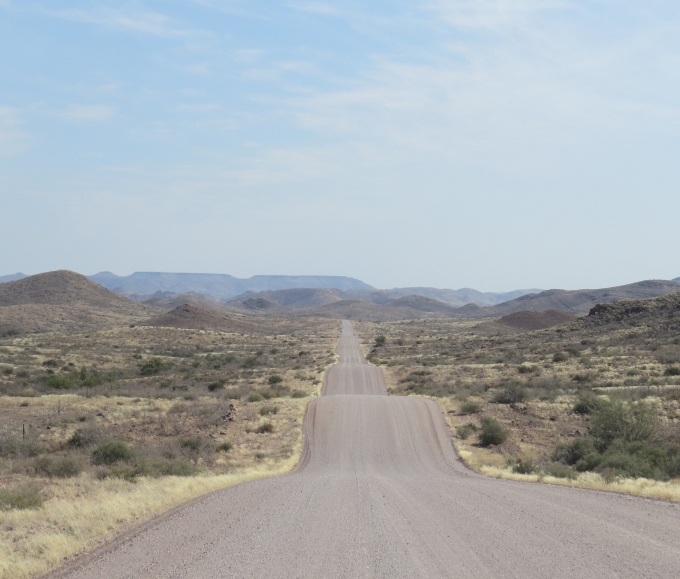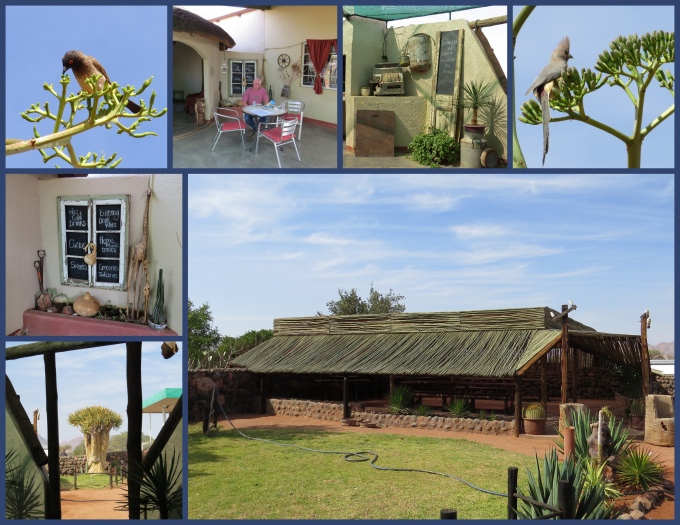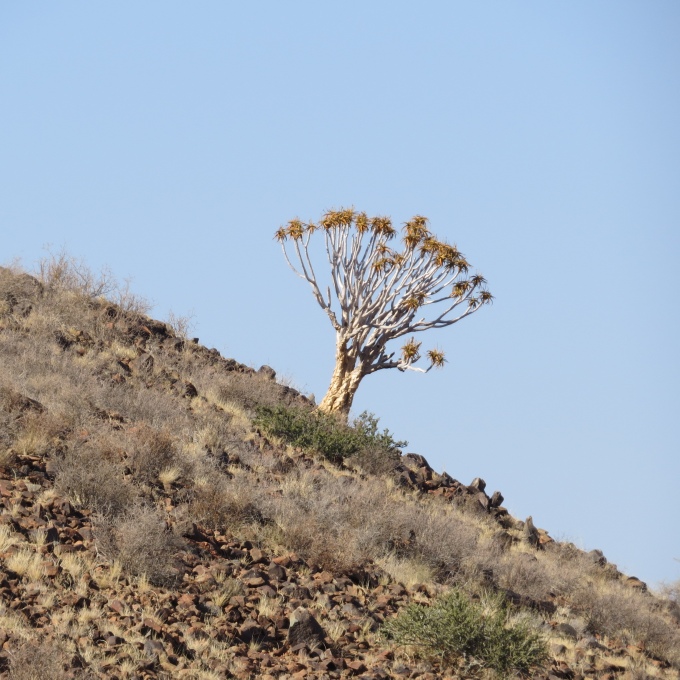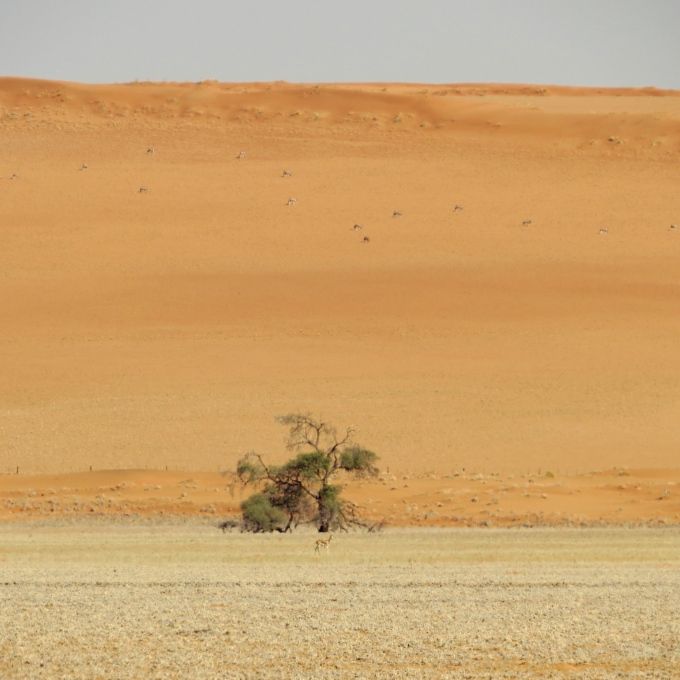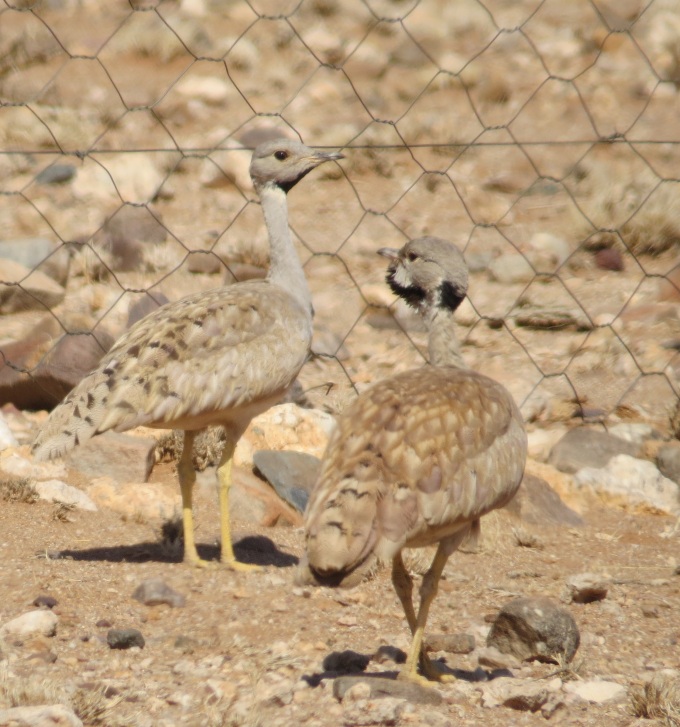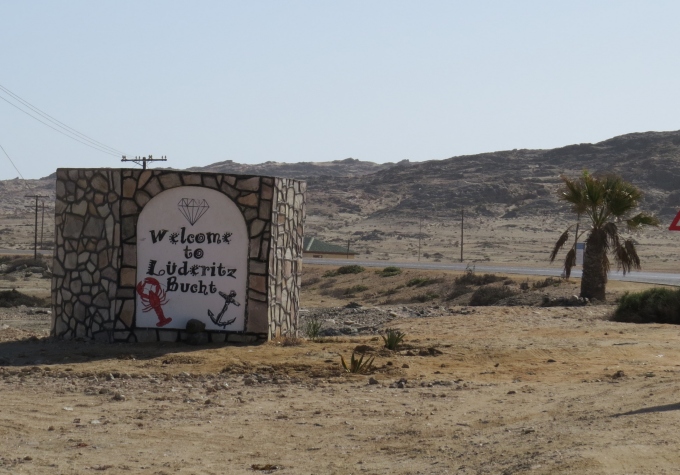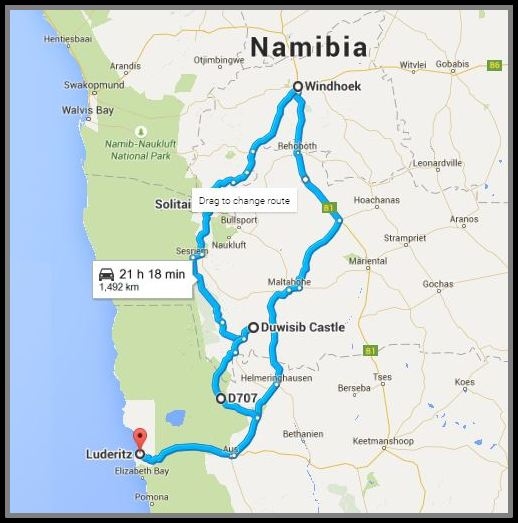Best of Namibia
/As we're getting ready to depart a port, we always like to give some thought to what we enjoyed the most about our visit. In Lüderitz, the answer is definitely the people … as a group, perhaps, the friendliest, most helpful and hospitable folks we've met. It's the reason we've been dragging our feet and lingered so long here. Usually, it's boat chores and repairs that keep us. Here it was definitely the people. That aside, however, and remembering that this is our second visit to Namibia, here's our list of the best things that Namibia has to offer.
Etosha National Park
Though we didn't visit Etosha on this trip, we spent several days there during our previous visit and, in our humble opinions, it's nothing short of spectacular. The wide open expanses, the diversity and sheer number of animals roaming free, the uncrowded backroads. It's a gem of a park. We stayed inside the gates for early access to the animals and viewing at the waterholes 24x7.
Sesriem & Sossusvlei
The Namib Desert is an awesome place. It's the oldest desert in the world with the world's tallest sand dunes. Driving midst the red dunes; climbing in the hot sand, struggling one step forward and two steps back; observing the myriad of desert colors and the geologic formations; enjoying the animals and trying to figure out how they survive in such a hostile environment. It's all here and it's fantastic. A must-see.
Petting a leopard and a cheetah
No doubt that the memory of petting these big cats will remain indelibly etched in our memories for a long, long time (at our age … that's all relative). The soft feel of their fur, the smell of the cats, listening to their purr, walking next to the cheetahs in their enclosure. This was an unexpected delight and high on our “wow” list.
Coastal towns, especially Lüderitz
We visited Swakopmund and Walvis Bay on our last trip and enjoyed both. Arriving in the boat, however, and spending time in Lüderitz was special. Again, the people had much to do with it, but despite the fact that it's isolated and off the beaten track, it's worth the trip, we think. There's Diaz Point and Shark Island and Agate Beach to explore, not to mention the colonial town itself. And, of course, you're surrounded by the Sperregebiet. The lure and legends of diamonds in the area is part of the mystique.
Kolmanskop Ghost Town
Though technically it should probably be included with Lüderitz, we were impressed enough with our visit there that it warrants its own place on our list. It was interesting, fun and a bit eerie trudging though the sand dunes to inspect the old diamond-mining ghost town.
Diversity of wild animals and birdlife
Beyond the game parks, we love the wild animals here, especially the “boks” … springboks, steenboks … and our favorite, the gemsboks (oryx). What a delight to drive the gravel roads and see them grazing. With their contrasting coloration and stately manner, they appear almost majestic. And then, of course, there are the birds … pink flamingos and storks and raptors and industrious weavers. There was something to see at every turn.
There's so much we still haven't seen. We didn't venture up to the Caprivi Strip or down to the Fish River Canyon. There are other parks to visit and we had no time to explore Windhoek, the capital city. All reasons for returning.
From a cruiser's perspective, Lüderitz was an excellent stop. It's a quick hop from Cape Town and “on the way” to St. Helena, with a good point of sail, prevailing winds and current to help a sailor along.
Lüderitz, in particular, was great. There were no check-in/check-out fees (unless you arrive on a weekend) and no mooring fees. The town seems safe and secure and we had no worries whatsoever. All amenities were close. There's a floating dock for dinghy tie-up. Water, diesel, petrol and propane are within easy walking distance. There are two reasonably well-stocked grocery stores, a hardware store, several ATMs. Though there is no chandlery per se, there are myriad of services and parts available for the fishing fleet. All in all … a great stop.
And once again … it's time to go.
This post is full of links to Trip Advisor, one of our affiliates, so please click on them and find out what others are saying about Namibia and all it has to offer. We don't earn anything on clicks but we do earn a commission if you book a trip or hotel (any trip or hotel) through our Trip Advisor links. Thank You!
